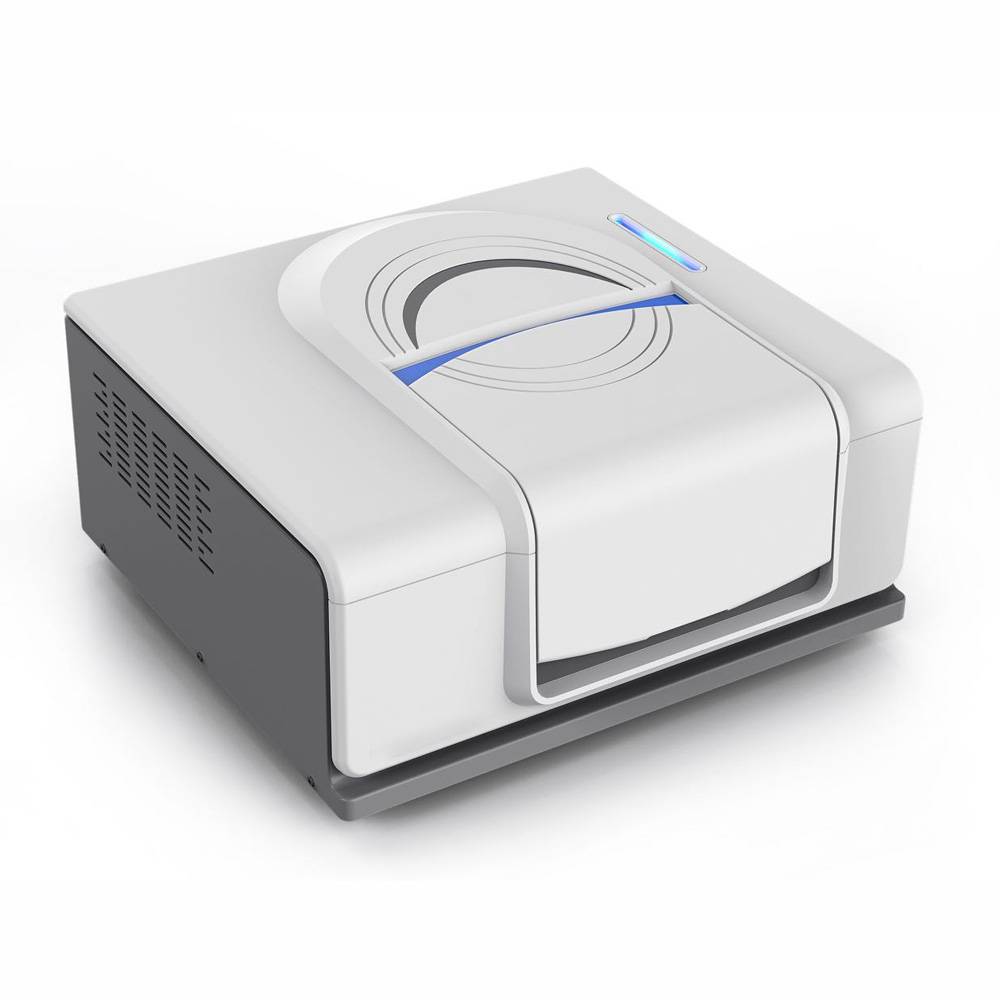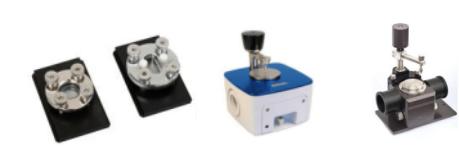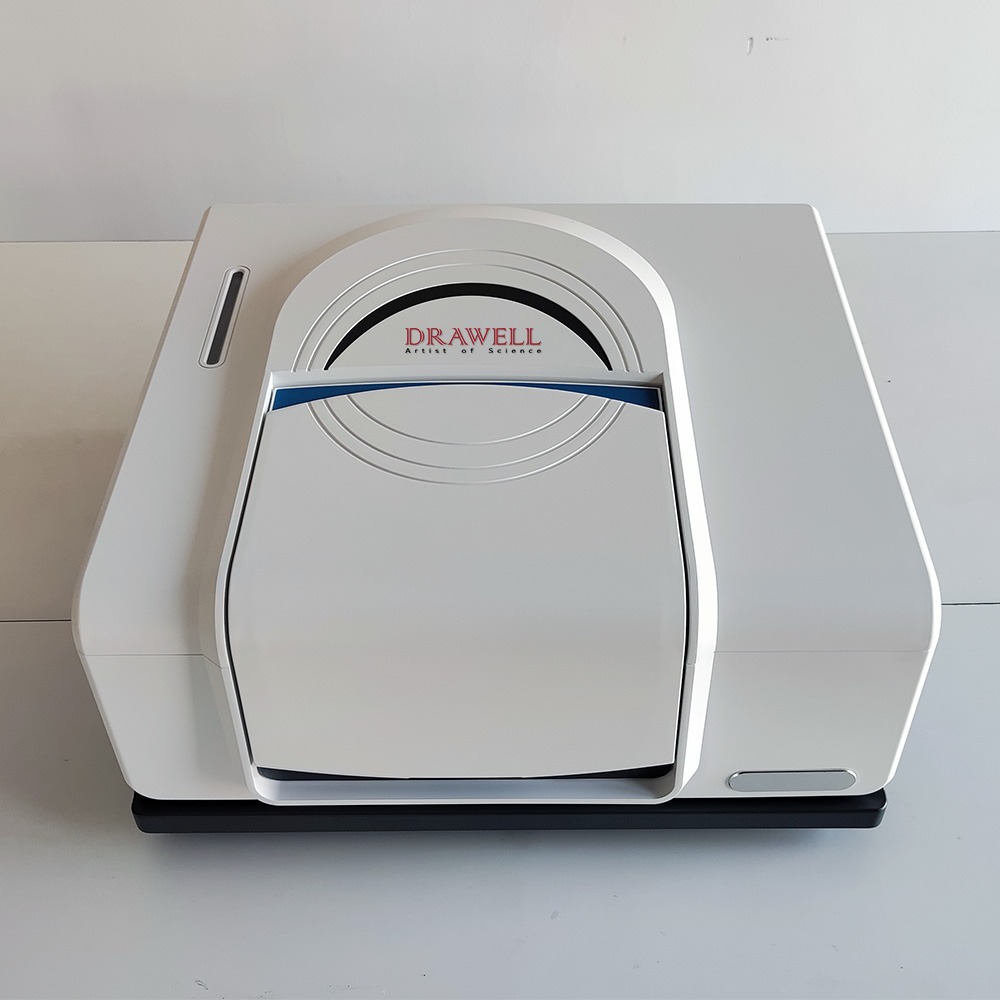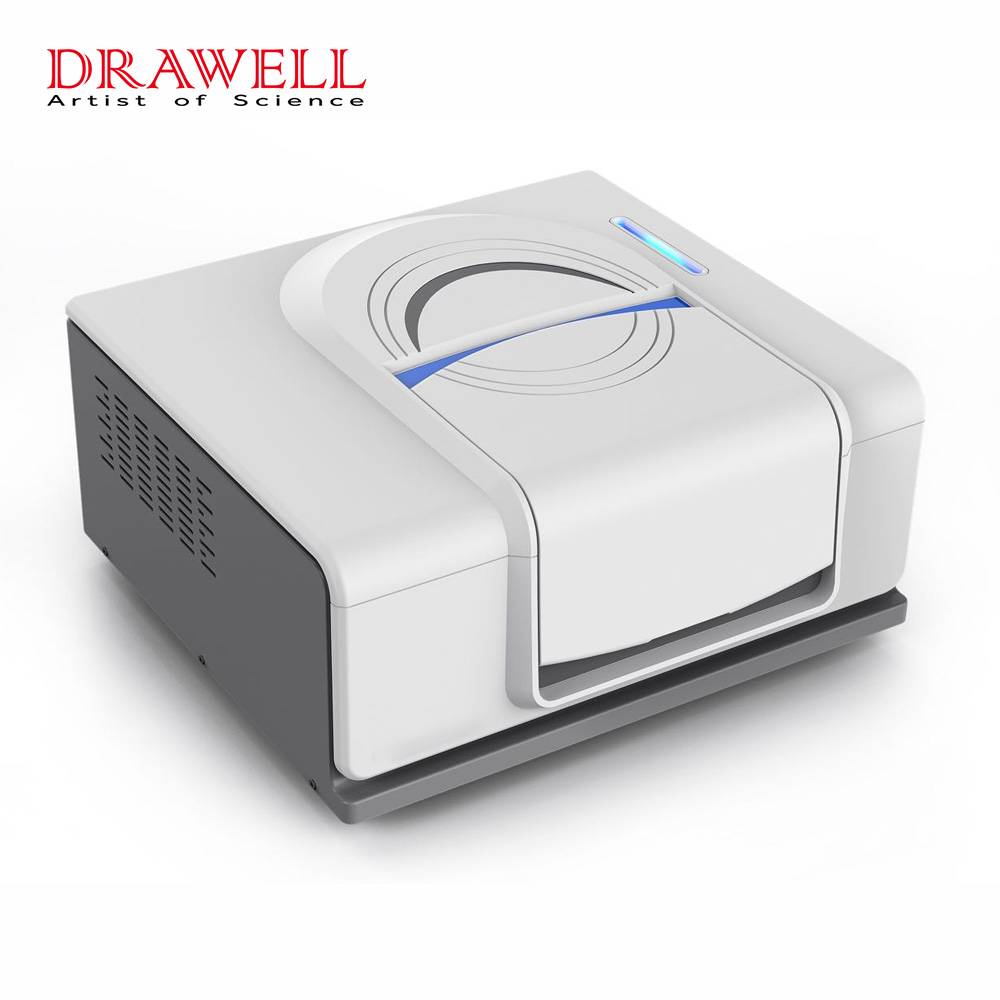Fourier Transform Infrared (FTIR) Spectroscopy is a powerful analytical technique used to identify organic, polymeric, and, in some cases, inorganic materials. The success of FTIR analysis hinges on proper sample preparation, which ensures that the sample interacts with the infrared light in a way that produces clear and interpretable spectra. This article provides an overview of the types of samples that can be analyzed using FTIR and the various methods for preparing these samples.

Sample Types and Considerations
Types of Samples for FTIR Analysis
FTIR spectroscopy can analyze a wide range of sample types, including solids, liquids, and gases.
1. Solid Samples:
- Pellets: Solid samples can be ground with potassium bromide (KBr) and pressed into a thin pellet. This method is commonly used for inorganic compounds.
- Thin Films: Solids can be dissolved in a suitable solvent and cast onto an infrared-transparent substrate to form a thin film. Polymers and organic materials are often analyzed this way.
- Powders: Fine powders can be analyzed using an attenuated total reflectance (ATR) accessory, which allows direct measurement without extensive preparation.
- Fibers and Fabrics: These materials can be examined using ATR or by creating thin sections that can be analyzed using transmission FTIR.
2. Liquid Samples:
- Neat Liquids: Pure liquids can be placed directly in the path of the infrared beam using liquid cells with appropriate window materials (e.g., NaCl or KBr windows).
- Solutions: Liquids can be analyzed in solution form. The solvent should be chosen such that it does not interfere with the IR spectrum of the analyte.
- Droplet on ATR: A small droplet of the liquid sample can be placed on the ATR crystal for direct analysis.
3. Gas Samples:
- Gas Cells: Gases are typically analyzed using gas cells with long path lengths to increase sensitivity. The cell windows must be transparent to infrared light, commonly made from materials like CaF2 or KBr.

Each type of sample requires specific preparation techniques to ensure that the FTIR measurements are accurate and that the spectra obtained are representative of the sample’s composition. The choice of sample preparation method and FTIR accessory depends on the nature of the sample and the information desired from the analysis.
10 Factors to Consider for FTIR Sample Preparation
Understanding the specific considerations for each type of sample is essential for optimizing the FTIR analytical process, from selecting appropriate accessories to preparing samples in a way that maximizes spectral clarity and minimizes interference. Here are some key considerations:
- Sample State (Solid, Liquid, Gas): Different preparation techniques are required for solids, liquids, and gases. Solids may need to be ground into fine powders or pressed into pellets, while liquids can be analyzed neat or in solution, and gases require special gas cells.
- Sample Thickness and Concentration: The sample should be thin enough to avoid excessive absorption, which can lead to saturation and loss of spectral detail. For solutions, the concentration should be adjusted to fall within the optimal absorbance range for FTIR spectroscopy (typically 0.1 to 1 absorbance units).
- Homogeneity: The sample should be as homogeneous as possible to ensure consistent and representative spectra. For solids, this may involve thorough grinding and mixing, while liquids should be well-mixed to avoid concentration gradients.
- Compatibility with Infrared Light: The sample and any matrix materials (e.g., KBr for pellets) should be transparent to infrared light in the region of interest. Some materials may absorb strongly at certain wavelengths, interfering with the analysis.
- Avoidance of Contaminants: Contaminants can introduce extraneous peaks and obscure the spectrum of the sample. Care should be taken to use clean apparatus and reagents, and to avoid handling samples with bare hands.
- Chemical Stability: The sample should be stable under the conditions of analysis. Some materials may degrade or react when exposed to air or moisture, so they may need to be analyzed in an inert atmosphere or protected from humidity.
- Sample Quantity: Sufficient sample quantity is needed to obtain a good signal-to-noise ratio, but excessive amounts can lead to issues with path length and absorbance. The quantity should be optimized based on the sensitivity of the FTIR instrument and the type of accessory used.
- Physical Form: The physical form of the sample can affect the method of preparation and analysis. For example, powders might be prepared differently than films or fibers. Using appropriate accessories like ATR (Attenuated Total Reflectance) can simplify preparation for certain forms.
- Preparation Method: The method of preparation (e.g., pellet pressing, casting films, or ATR) should be chosen based on the sample type and the information required. Each method has its advantages and limitations in terms of ease of preparation, reproducibility, and spectral quality.
- Environmental Conditions: Control of environmental conditions such as humidity and temperature during sample preparation and measurement can prevent degradation or changes in the sample that might affect the results.
By carefully considering these factors, one can ensure that the sample is well-prepared for FTIR analysis, leading to more reliable and interpretable spectra.

Sample Preparation Methods
Preparing samples for FTIR analysis involves different methods depending on the type of sample—solid, liquid, gas, or biological. Here is a guide on how to prepare each type:
1. FTIR Solid Sample Preparation
a. KBr Pellet Method
- Grind the Sample: Finely grind approximately 1-2 mg of the solid sample using an agate mortar and pestle.
- Mix with KBr: Mix the ground sample with about 100-200 mg of dry potassium bromide (KBr) powder. KBr is IR-transparent and acts as a matrix.
- Press the Pellet: Place the mixture into a pellet die and apply pressure using a hydraulic press to form a clear, transparent pellet.
- Analyze: Place the KBr pellet in the sample holder of the FTIR instrument for analysis.
b. ATR (Attenuated Total Reflectance) Method
- Clean the ATR Crystal: Ensure the ATR crystal is clean and free of contaminants.
- Place the Sample: Directly place the solid sample on the ATR crystal.
- Apply Pressure: Apply pressure to ensure good contact between the sample and the crystal.
- Analyze: Run the FTIR analysis directly with the sample in contact with the ATR crystal.

2. FTIR Liquid Sample Preparation
a. Liquid Cell Method
- Prepare the Cell: Assemble the liquid cell with IR-transparent windows, typically made of materials like NaCl, KBr, or CaF2.
- Fill the Cell: Introduce a few drops of the liquid sample into the cell.
- Seal the Cell: Ensure the cell is properly sealed to prevent leakage.
- Analyze: Place the liquid cell in the sample holder and perform the FTIR analysis.
b. ATR Method
- Clean the ATR Crystal: Ensure the ATR crystal is clean.
- Apply the Sample: Place a drop of the liquid sample directly onto the ATR crystal.
- Analyze: Perform the FTIR analysis with the sample in contact with the crystal.
3. FTIR Gas Sample Preparation
- Prepare the Gas Cell: Use a gas cell with IR-transparent windows and a known path length.
- Introduce the Gas: Introduce the gas sample into the cell, ensuring the cell is properly sealed to avoid leaks.
- Analyze: Place the gas cell in the FTIR sample compartment and perform the analysis.
FTIR sample preparation varies by the sample state. Solids can be prepared using the KBr pellet method or ATR, liquids using liquid cells or ATR, and gases using gas cells. Proper sample preparation is crucial for obtaining accurate and reliable IR spectra.
Conclusion
FTIR spectroscopy is a versatile analytical tool. However, understanding the different sample types and the appropriate preparation methods is crucial for successful FTIR analysis. By carefully considering the factors affecting sample preparation, researchers can ensure the accuracy and effectiveness of their FTIR measurements.


